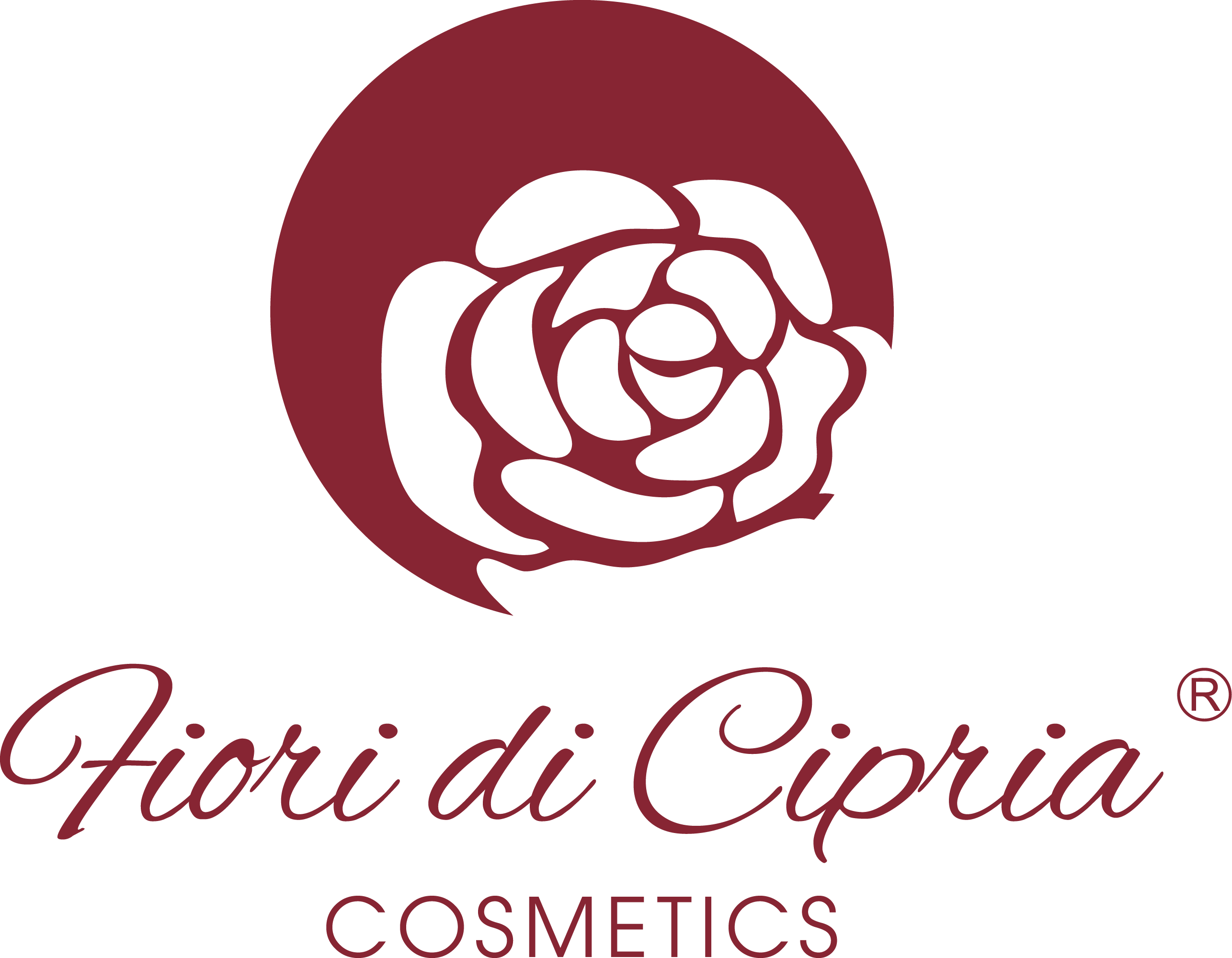Autumn has now arrived and with it the time has come to put aside the colors and beauty routine that have accompanied us this summer, to welcome all the new attention that our skin requires this season.
During autumn, in fact, the skin of the face and body is affected by the effects of the summer sun and at the same time is subjected to the stress of climate change, going from hot to humid cold, typical of our climate.
It is essential to start the day with the right Beauty Routine, with the application of specific moisturizing products after a thorough cleansing of the face.
But beware! Skin protection is not only linked to external care!
Internal care is also important for our skin. Through a control of what we eat and our habits at the table.
Eating well is essential for our health, but also to be more beautiful ! To have glowing skin and healthy hair it is important to eat healthily , especially by consuming more fruit and vegetables which, thanks to their load of vitamins , are able to brighten the complexion, make the skin more elastic and preserve the beauty of the skin .
Why is the skin elastic?
The merit is of some proteins!
Collagen and elastin are proteins produced by the cells of the dermis which give the skin elasticity and softness . The more the skin produces, the more elastic it will be, maintaining the original shape and size on both the face and body and contrasting wrinkles and stretch marks .
At a young age our body produces it in abundance : this is why when we are young the contours of the face are more defined, just as the body does not show laxity despite not doing physical activity. Over time, the production of collagen and elastin slowly decreases , leading to a loss of skin elasticity. However, the production of collagen and elastin can be stimulated from the outside with specific products and with a diet rich in antioxidants, omega 3 fatty acids and salts .
How does skin cell regeneration work?
Free radicals and stem cells
The skin is the first protective "shield" and is exposed to many different factors: ultraviolet radiation, pollution, cold, heat, stress, free radicals and, of course, also diet. The cells of the human body during life regenerate and continuously replace dead cells.
The skin renews itself frequently: every month when you are 20-25 years old and twice as long when you are 60. Free radicals cause the physiological turnover to slow down and undermine the integrity of collagen , i.e. the protein that maintains the skin tone and elasticity.
Cellular regeneration takes place thanks to stem cells that differentiate and can also transform into cells other than the tissue of origin. Stem cells are cells that have not yet specialized and have a high capacity to reproduce .
Any deficiency linked to a food imbalance has a direct repercussion on the quality of the skin and on the destructive action of free radicals. To fight them, vitamins and minerals play a fundamental role: the body is able to dispose of free radicals thanks to the action of particular enzymes which can be enhanced with the help of the active ingredients present in some particular foods. Among these are selenium , zinc , tocopherols which form vitamin E , vitamin C and beta - carotene which will then be transformed into vitamin A in the body . By alternating the various types of foods that contain them, they should be consumed every day.

Allied foods for firm skin:
Antioxidants keep cells young: we find them in cabbage, broccoli, tomatoes, apples, pears, strawberries, melons, apricots, grapes…
Bioflavonoids slow down tissue aging: they are found in soybeans, beans, Brussels sprouts and olives.
Water and herbal teas keep the skin looking younger for longer with good hydration.
The fibers favor the functioning of the intestine, avoiding the accumulation of toxins: they are found in wholemeal bread, legumes, cereals, vegetables, etc…
Fresh and raw fruit and vegetables are rich in vitamins, they fight free radicals which are primarily responsible for cell aging (and therefore loss of skin tone).
Vitamin A is an antioxidant and helps protect the epidermis from the sun and keep skin healthy and firm. It is found in apricots, melons, peaches, carrots, squash, fish liver oil, bananas, dairy products and eggs.
The B vitamins , as well as being beneficial for the nervous system, have an antioxidant effect: they are found in yeast, whole grains, fish, eggs, milk and vegetables.
Vitamin C is a great antioxidant that strengthens the capillaries and also has an effective action against stress: it is found above all in all citrus fruits (lemons, oranges, tangerines, grapefruit), in kiwis, tomatoes, green leafy vegetables , in cabbage and strawberries.
Vitamin E has a remarkable antioxidant action and intervenes against cell degeneration: it is found in soy sprouts, wheat germ, olive oil, broccoli, eggs and whole grains.
Selenium maintains the elasticity of the connective tissue and is a powerful antioxidant: it is present in wheat germ, bran, brewer's yeast, tuna, onions and broccoli.
Chromium is an antioxidant and an antihypertensive. Consuming large quantities of sugar depletes chromium reserves: it is found in shellfish, brewer's yeast and beef liver.
Zinc is essential for the proper functioning of cells and the circulatory system: it is found in walnuts, hazelnuts and almonds, sunflower seeds, wheat germ, brewer's yeast and eggs.

